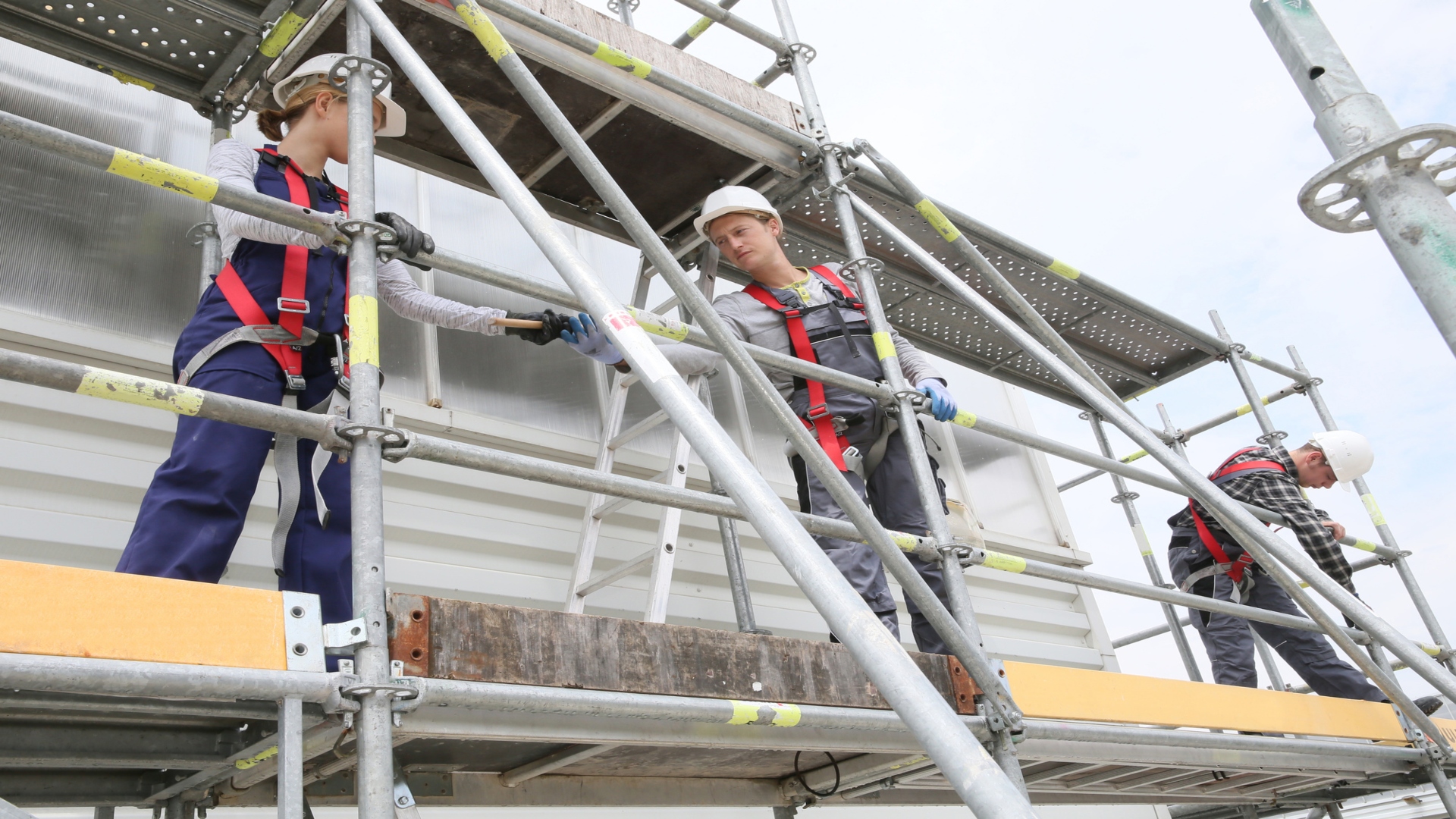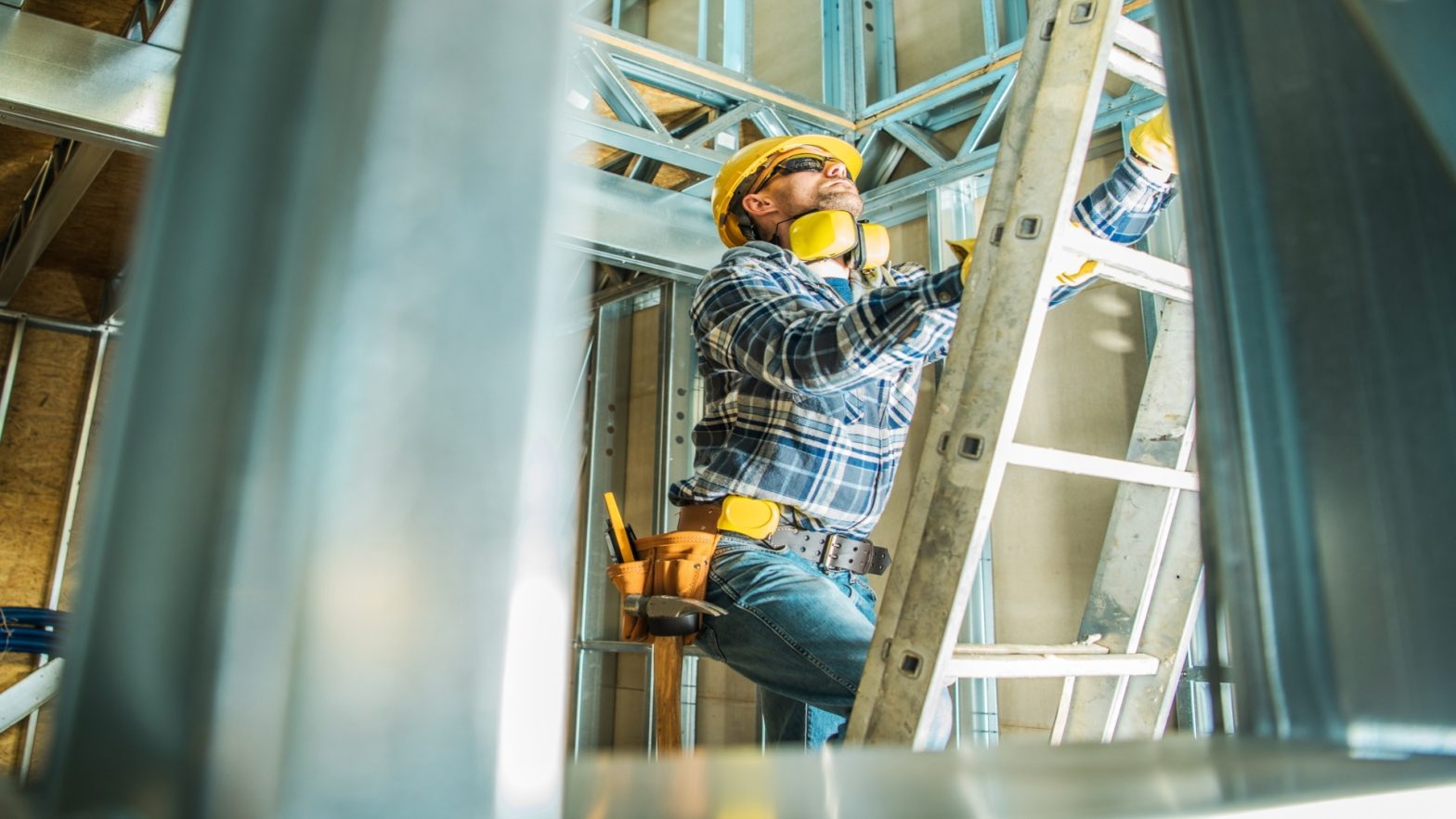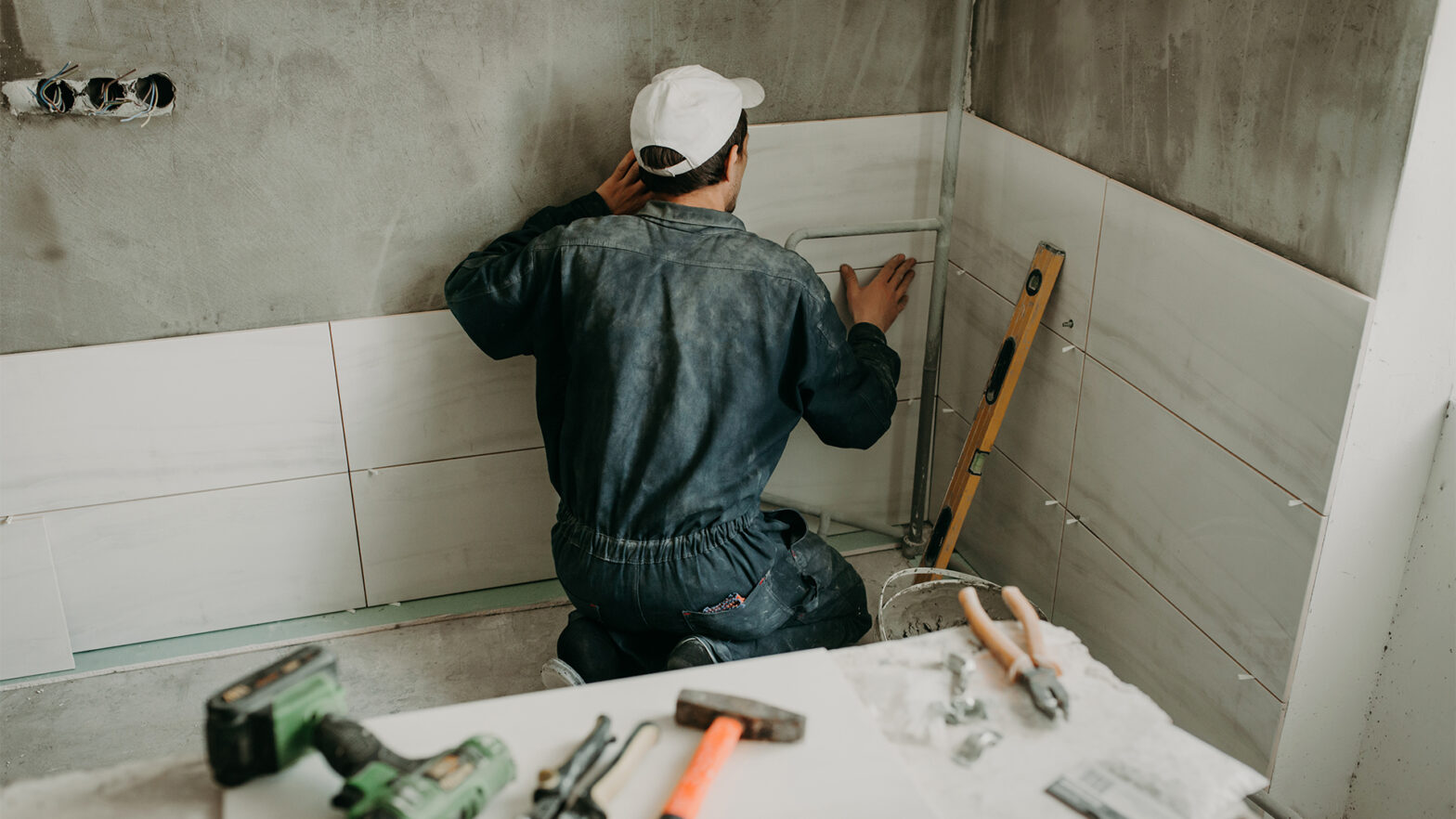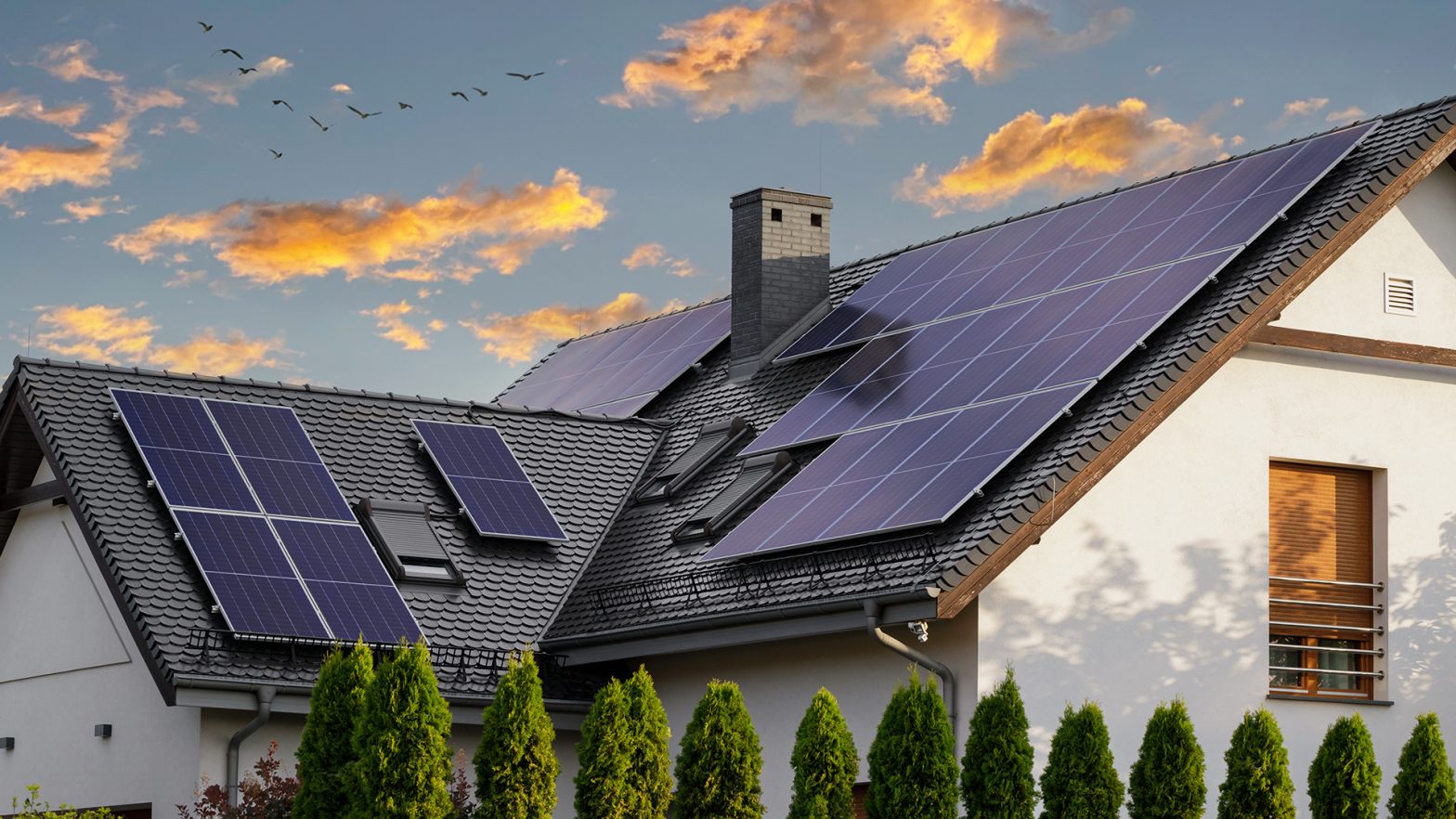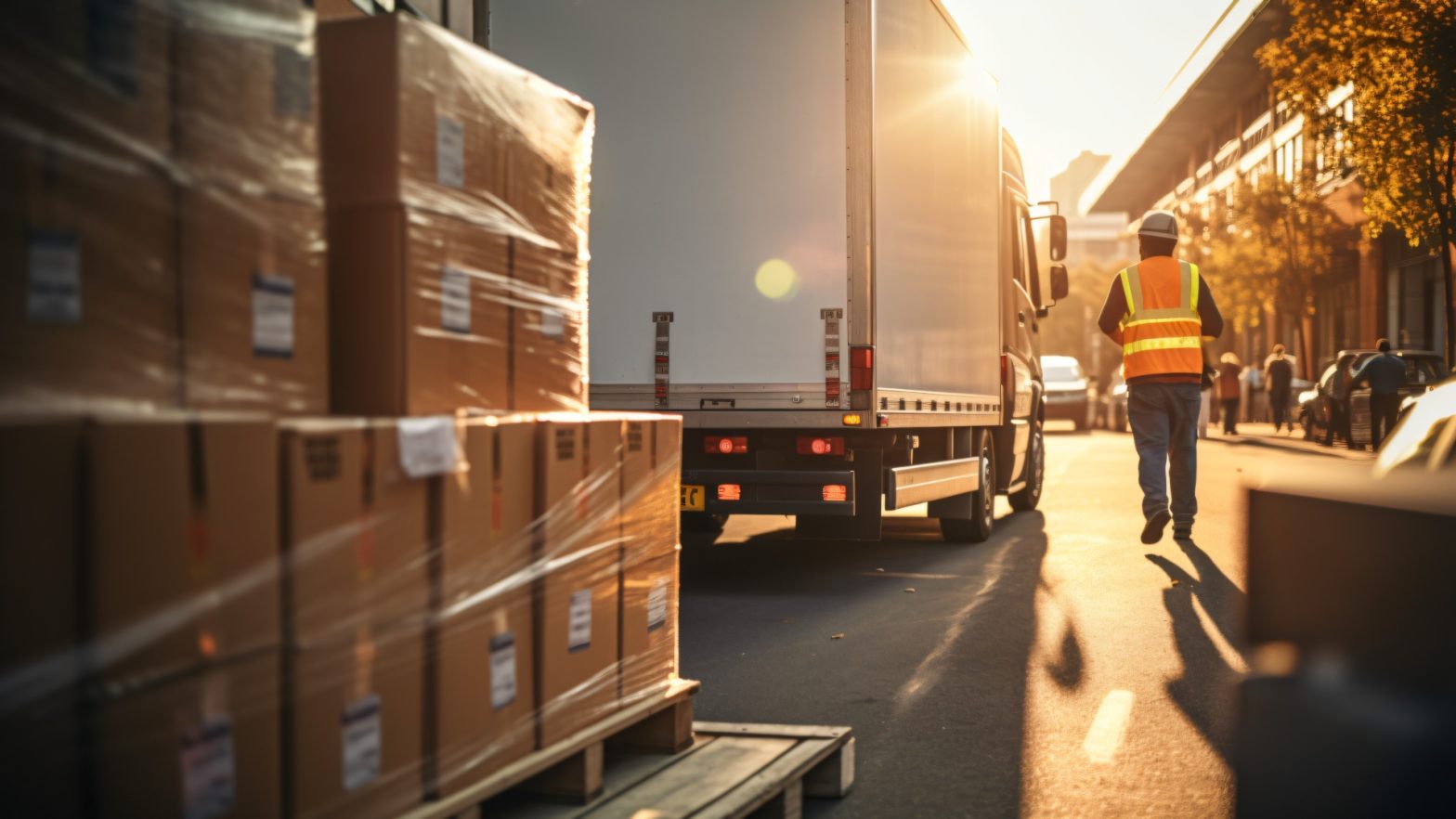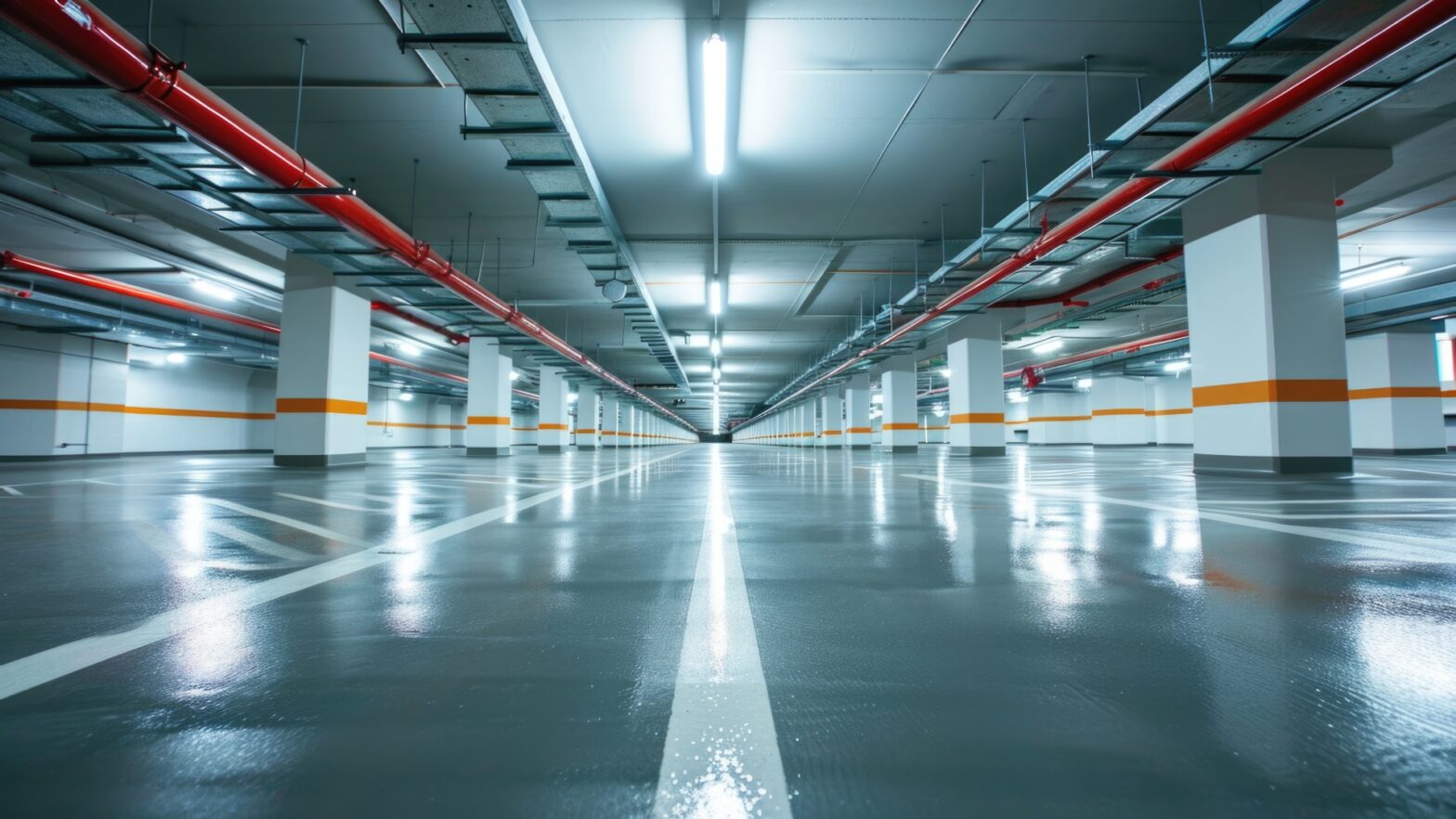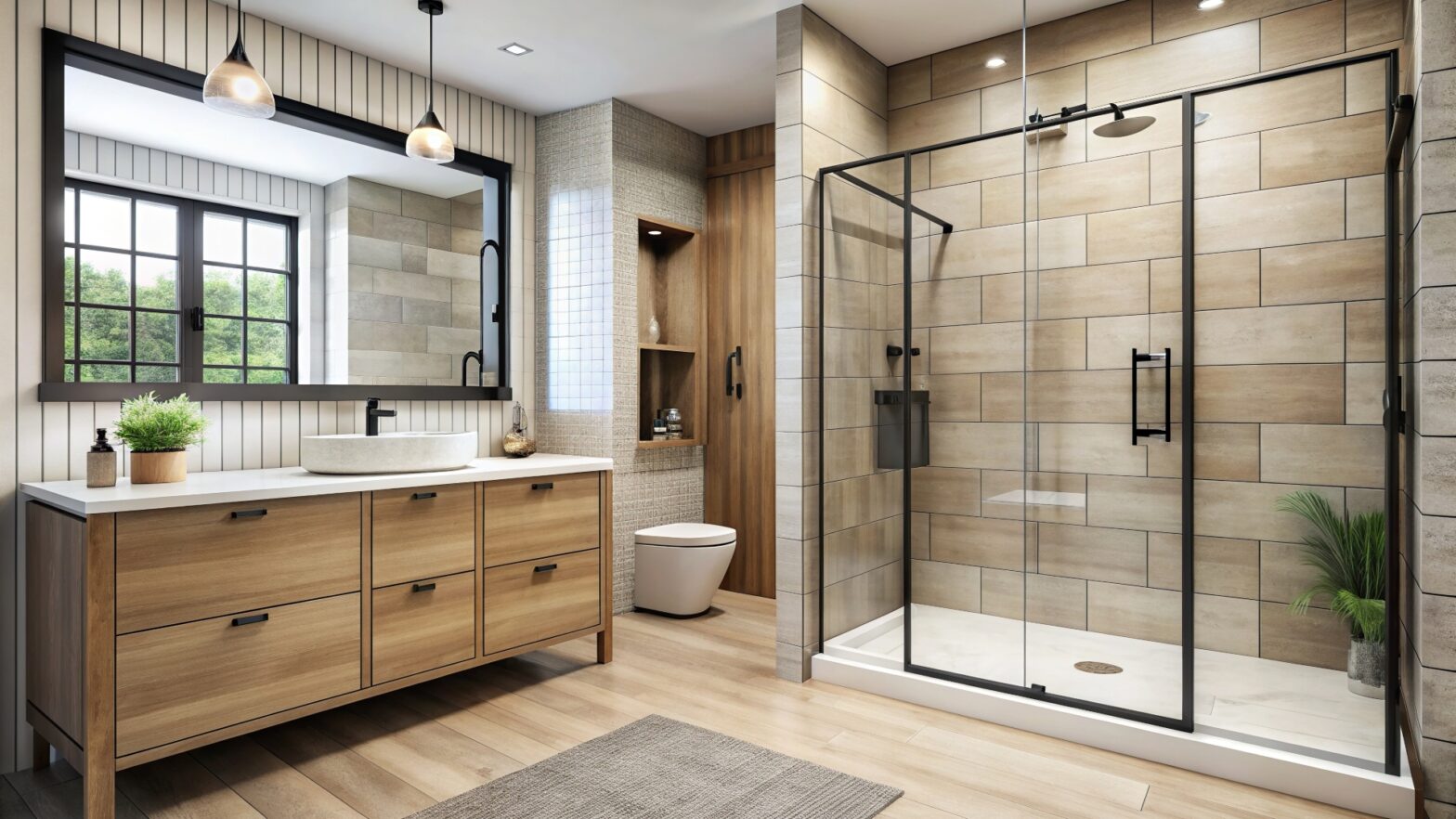Every year, countless workers around the world suffer from occupational accidents. In fact, the International Labour Organization says that occupational accidents reach around 340 million annually worldwide. And the construction industry is notorious for its disproportionately high rate of recorded incidents. In particular, ensuring safe height access on construction sites is of paramount importance.
That’s why, in this blog post, we’ll try to shed light on the best practices that can be implemented to mitigate fall risks in construction sites and safeguard the well-being of workers.
So, are you ready to create a safer working environment where your employees can carry out their tasks with confidence and without compromising their safety? Yes? Then, read on to learn more!
Equipment and Tools
Ensuring safe height access means utilizing the appropriate equipment. When deciding on the equipment and tools for safe height access, there are options like scaffolds, aerial lifts, and ladders. Height access equipment like mobile scaffold hire ensures a versatile and secure work platform for reaching various heights without the need for dismantling and reassembling for each location.
Note that proper maintenance and inspection of equipment are equally important. This ensures that they’re functioning correctly and are safe to use. Don’t forget about personal protective equipment (PPE), too. Provide safety helmets, safety harnesses, safety gloves, and safety glasses to workers who work at heights.
Fall Prevention Strategies
Despite using the appropriate equipment and using it correctly, it’s still essential to implement some fall prevention strategies. They include the following:
- Physical barriers: Installing guardrails and barriers in elevated areas, for instance, is an effective way to do it. These physical barriers serve as a protective boundary. With their presence, accidental falling off edges and other elevated surfaces is prevented.
- Personal fall protection systems: Use safety harnesses and lifelines whenever working at heights. Workers wearing harnesses connected to secure anchor points or lifelines, provide a crucial safety tether in case of a slip or fall.
- Fall arrest systems: If you want to further enhance the safety measures on your construction site, consider implementing fall protection systems such as safety nets. The work of a safety net is catching workers in the event of a fall, avoiding ground impact and reducing the risk of serious injuries.
Communication and Signage
It’s easy to take proper communication and signage measures for granted when it comes to ensuring safe height access. But the truth is that they’re equally important as physical precautions. That said, clearly mark restricted areas to prevent unauthorized access. If needed, implement security checkpoints for this purpose, too.
Displaying warning signs and instructions at elevated working areas can also alert workers to potential hazards and prevent accidents. Just be sure to place them somewhere they’re easily visible with a clear and concise message.
Promoting effective communication among workers is also important for ensuring safety on construction sites. Workers should be trained to notify their supervisors when they encounter hazards or face challenges. At the same time, they should feel comfortable asking questions or seeking clarification about safety procedures. When there’s a culture of open communication, misunderstandings can be prevented. That also translates to fewer to no accidents happening.
Regular Inspections and Audits
The best way to ensure that the safety measures placed remain effective is by carrying out routine inspections and audits. The inspections should be done by qualified personnel to help identify potential hazards and verify that safety measures are functioning correctly.
Note that inspections should cover equipment, tools, protective gear, and work areas. Any findings should be documented and brought to the attention of relevant parties to take appropriate corrective action.
Moreover, engaging in third-party audits ensures an unbiased assessment of the safety performance and compliance of the construction site to regulations and standards. So, it should be part of your overall safety strategy, too.
Emergency Planning and Preparedness
While prioritizing prevention is critical and useful, accidents are an unfortunate reality on construction sites. Therefore, emergency planning and preparedness are also crucial components of ensuring safe height access.
The plan should include potential risks, evacuation routes, and designated individuals responsible for taking charge of emergency situations.
Of course, employers must provide first aid training to workers to ensure immediate treatment for injuries and accidents. Trained workers should be available on site at all times. The same is true for the necessary first aid equipment.
Last but not least, employers must provide easy access to emergency equipment, such as fire extinguishers. They should be placed in strategic locations and regularly checked to ensure that they function correctly.
Final Thoughts
It’s important to note that ensuring safe height access requires an ongoing commitment to safety. It’s not enough to implement safety measures once; they must be continually monitored, updated, and reinforced. Construction companies must prioritize safety as a core value and invest in ongoing training, communication, and regular inspections to ensure that safety remains a top priority.
